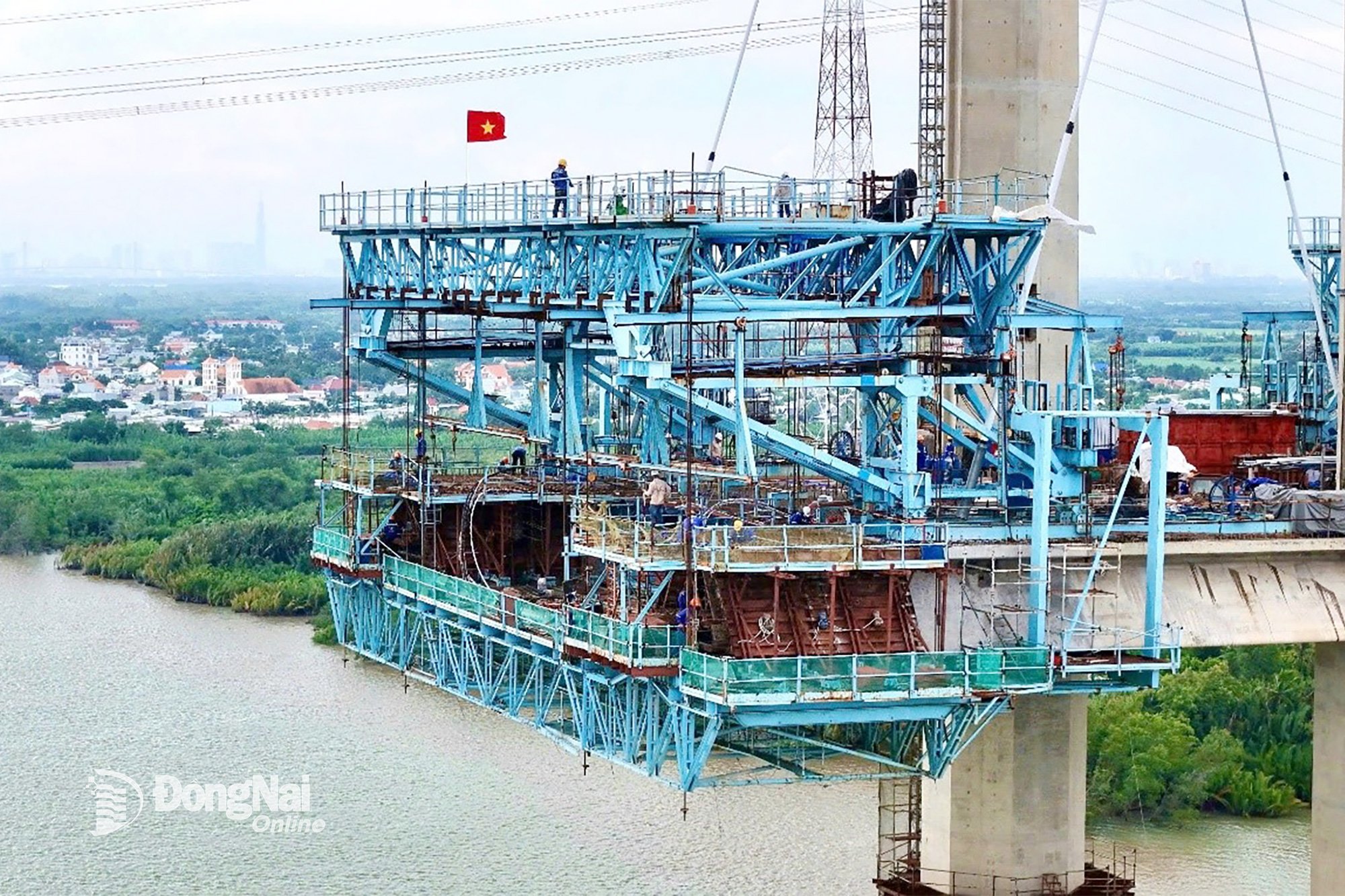 |
| Construction of Phuoc Khanh bridge, Ben Luc - Long Thanh expressway. Photo: Thanh Hai |
Dong Nai owns a multimodal transportation system.
* Could you please give us an overview of the current status of the transport infrastructure network in Dong Nai province?
Dong Nai is a province with a convenient transportation system with many national arterial roads passing through, contributing to creating favorable conditions for economic activities in the region, trade with the whole country and promoting the role of connecting the Southeast region with the Central Highlands.
The North-South high-speed railway projects, the North-South expressway, the Bien Hoa-Vung Tau expressway and the Ho Chi Minh City urban beltway 3 all pass through Dong Nai. Currently, there are expressways Ho Chi Minh City - Long Thanh - Dau Giay, Dau Giay - Phan Thiet. Some routes are under construction and are preparing to come into operation, such as the Ben Luc - Long Thanh and Bien Hoa - Vung Tau expressways. In the future, some routes will be formed, such as the North-South expressway in the West, Chon Thanh - Hoa Lu, and Gia Nghia - Chon Thanh. Beltway 3 is being urgently completed, and the National Assembly has approved the investment policy for Beltway 4.
In the province, there are national highways: 1, 20, 51, 56, 13, 14 (Ho Chi Minh road), 14C. Some routes in the plan to open new ones by 2030 include: QL13C (connecting from Dong Xoai to Bien Hoa), QL20B (connecting Long Thanh International Airport), QL51C (connecting QL51 to QL1), QL56B (connecting from Long Khanh to Tay Ninh).
Dong Nai currently has only the North-South railway line passing through the area with 8 train stations. The planning until 2030 will include the North-South high-speed railway, Bien Hoa - Vung Tau railway, Trang Bom - Hoa Hung railway, railway connecting Phuoc An port and urban railway lines such as Thu Thiem - Long Thanh, Bien Hoa - Nhon Trach - Long Thanh - Long Khanh.
The province has 2 main river routes exploiting inland waterways including Be River and Dong Nai River and some secondary rivers... Currently, there are 3 maritime routes approaching Dong Nai province including: Dong Tranh, Dong Nai, Cai Mep - Thi Vai allowing ships with a capacity of 5,000-15,000 DWT to enter and exit. Notably, Dong Nai province has Long Thanh International Airport, which meets level 4F (the highest level) according to ICAO standards, expected to officially come into operation in 2026.
The province also has an inland waterway port system with 4 operating ports such as Dong Nai, Phuoc An and 2 dry ports of Tan Cang Nhon Trach, Tan Cang Long Binh. Dong Nai is planned to have 11 dry ports in the vicinity of Long Thanh International Airport and dry ports of Chon Thanh, Hoa Lu. Currently, the province is managing 4 border gates (Hoa Lu International Border Gate, Hoang Dieu Main Border Gate, Loc Thinh, Tan Tien Secondary Border Gate) and 1 Loc Tan opening.
However, some limitations such as local overload, lack of multimodal connectivity and slow implementation progress of key projects remain challenges to the province's sustainable development goals.
Transport infrastructure plays the role of "backbone" of the economy
* How is the important impact of transport infrastructure on Dong Nai's economic and trade development specifically demonstrated, comrade?
Developed transport infrastructure plays the role of a "backbone" supporting the province's economic activities, facilitating the circulation of goods, attracting investment and expanding economic space, helping Dong Nai effectively exploit land potential, labor resources and strategic location. National highways, expressways and beltways connecting Dong Nai with Ho Chi Minh City and key economic regions have contributed to promoting the province's GRDP to grow steadily over the past years, especially reaching double digits in the third quarter of 2025.
Investment in modernizing the transport network has shortened the time of transporting goods, reduced logistics costs and improved production and business efficiency, creating favorable conditions for enterprises to integrate into the global supply chain. Through the inter-regional and international transport system, goods produced in industrial zones in the province can quickly access domestic and foreign markets, while increasing the attractiveness of attracting investment in the fields of processing industry, export, logistics and trade services. This is an important factor helping Dong Nai maintain its role as a growth pole in the Southern Key Economic Zone.
The synchronous and modern traffic infrastructure also creates the driving force for the development of urban and industrial space in Dong Nai. Large industrial zones such as Amata, Long Duc, Giang Dien, An Phuoc... are all developing strongly thanks to their proximity to key traffic axes.
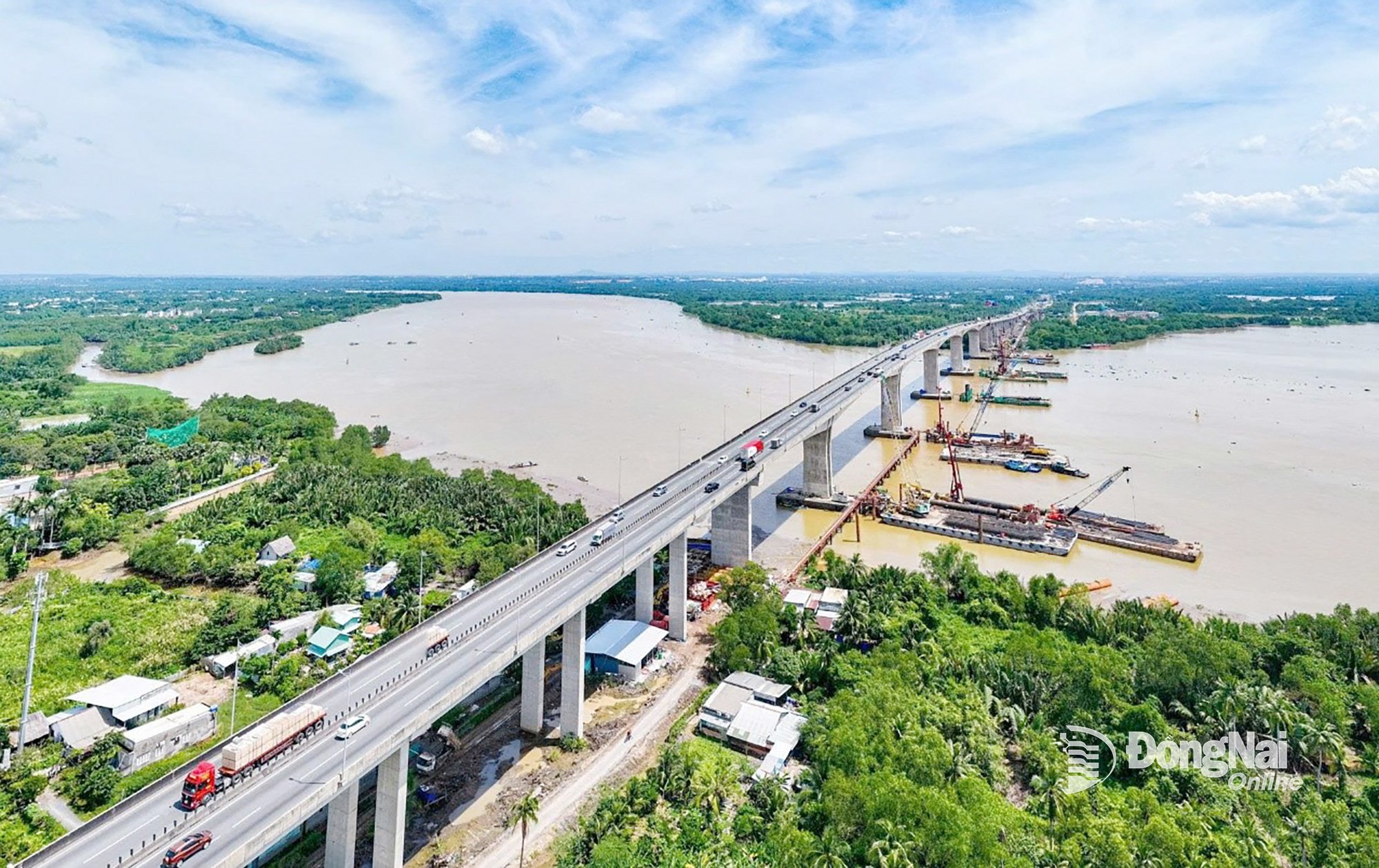 |
| Nhon Trach Bridge on Ring Road 3 connecting Dong Nai and Ho Chi Minh City has been open to traffic for many months now. Photo: Thanh Hai |
Along with industry, the trade and service sector in Dong Nai has made great strides in recent years, thanks to the direct impact of the convenient access support transport infrastructure system. The formation and upgrading of key traffic axes has created conditions for the emergence of many commercial centers, warehouses, supermarkets, and modern retail stores, increasing customer traffic, enhancing purchasing power and stimulating investment in the trade and service sector. In the context of Free Trade Agreements (FTAs) expanding export opportunities, a modern transport infrastructure is a prerequisite for Dong Nai province to increase its role in the international logistics network, enhancing competitiveness in the investment, production and business environment.
In addition to its positive contributions, Dong Nai's transport system still has some limitations that can hinder the pace of economic and commercial development. Traffic congestion on regional connecting routes, lack of synchronization between transport modes and the deterioration of some local routes have increased transportation costs, affecting the competitiveness of goods. Unreasonable planning and slow progress of key projects are also barriers to effectively exploiting the potential of existing transport infrastructure.
Solutions for synchronous and modern traffic development
* According to you, what is the solution to synchronously and modernly develop the transport infrastructure system to promote Dong Nai's economy and trade to grow faster and stronger?
To become a logistics and freight-passenger transit center of the Southeast region, Dong Nai province needs to have a strategy to develop a synchronous, modern and highly connected transport infrastructure with key transport hubs such as Long Thanh International Airport, seaport system, inland container depots (ICDs), Hoa Lu International Border Gate and ensure effective connection between transport modes. The focus is on investing in direct connecting routes from Long Thanh International Airport to Ho Chi Minh City, the provincial political-administrative center and key industrial parks and logistics zones. Strategic projects such as Bien Hoa - Vung Tau Expressway, Ring Road 3, Ring Road 4 and National Highway 13C need to be accelerated to form a regional spatial link axis between urban areas, industrial parks and logistics zones of Dong Nai with neighboring localities. Priority should be given to investment in the construction of bridges over the Dong Nai River such as Cat Lai, Dong Nai 2, Xom La and Thanh Hoi 2 to connect across the region to Ho Chi Minh City, Cat Lai, Hiep Phuoc, Cai Mep - Thi Vai seaports, creating more convenience for trade and transport of import and export goods.
Deputy Secretary of the Provincial Party Committee, Chairman of the People's Committee of Dong Nai province Vo Tan Duc. Photo: Tran Long Quan Long Thanh International Airport, seaport system, river ports, ICDs and international border gates… can only fully exploit their potential when connected by a complete transport network, convenient for transporting and coordinating goods. Solutions such as investing in strategic transport axes, specialized railway systems, applying smart technology in traffic and logistics management, and improving the quality of human resources in the transport and logistics industry need to be effectively implemented.
The railway system plays an important role in transporting large volumes of goods and reducing the load on roads, therefore, it is necessary to urgently deploy railway routes connecting ports and border gates such as: Bien Hoa - Vung Tau, Phuoc An port, Long Thanh - Ho Chi Minh City, especially the route connecting to Hoa Lu International Border Gate. This is the premise for forming an effective logistics network, saving transportation costs, and at the same time supporting the development of border economy and international trade.
Dong Nai needs to focus on building logistics centers that integrate modern technology, using automated warehouse and transportation management systems. Developing river ports, seaports, and dry ports with automated loading and unloading equipment, synchronously connecting with the rail, road and waterway transport network will create competitive advantages in the supply chain and promote international trade through the province's gateways.
The province needs to proactively increase the rate of public investment, aiming to spend about 8-10% of GRDP on transport infrastructure development. At the same time, it is necessary to promote investment attraction in the form of public-private partnerships (PPP) for projects with large spillover effects such as highways, railways connecting ports and airports, to deploy key projects quickly and effectively, avoiding delays due to lack of budget capital.
Finally, the human factor plays a decisive role in the operation of modern infrastructure systems. The province needs to invest in education and vocational training focusing on the fields of transportation, logistics, infrastructure management and traffic technology, to meet the requirements of sustainable development and modernization of the transportation sector.
* Thank you very much, comrade!
Qinghai
Source: https://baodongnai.com.vn/kinh-te/202510/ha-tang-giao-thong-la-nen-tang-tang-truong-kinh-te-thuong-mai-0bc06c7/


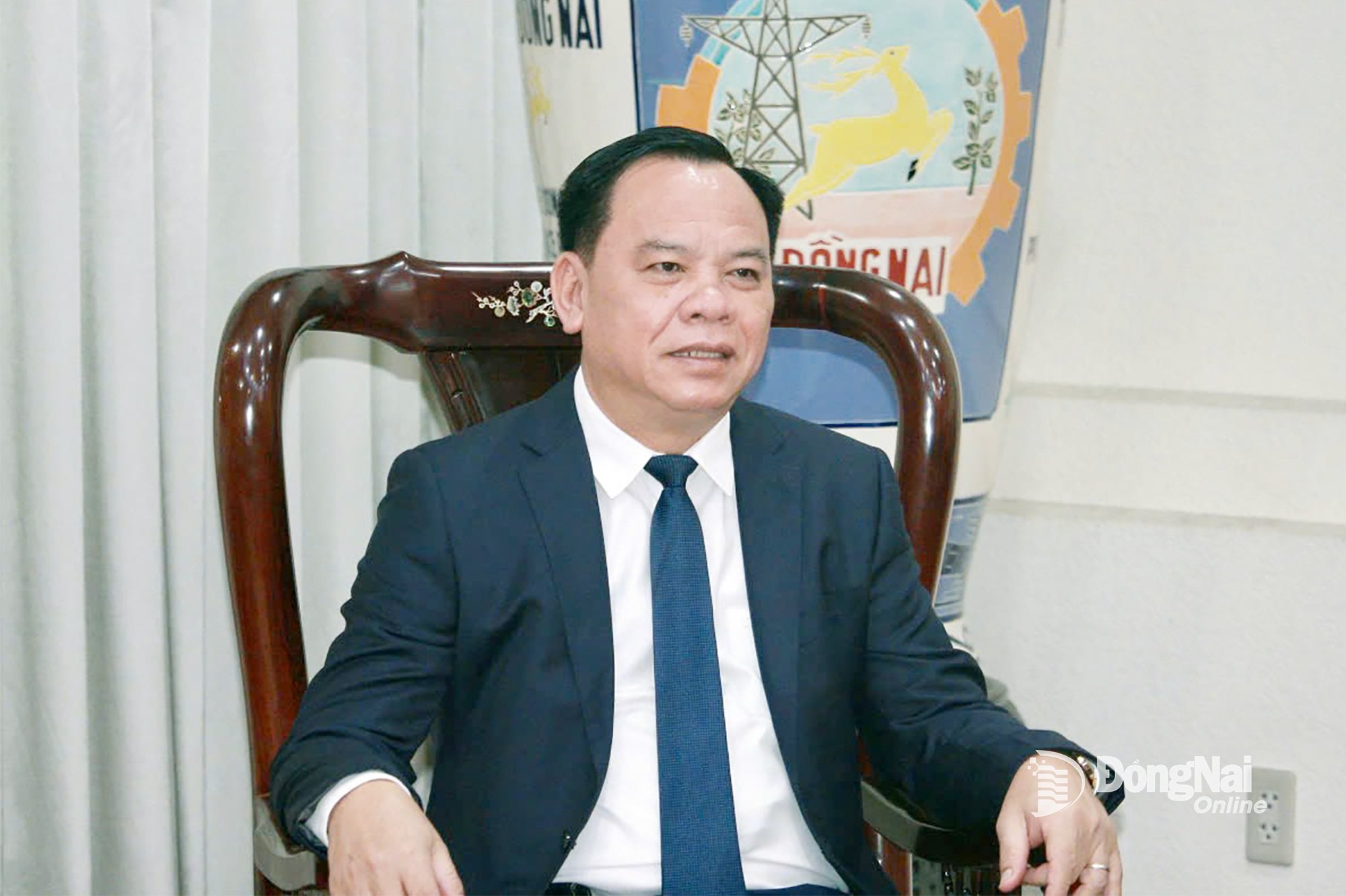
![[Photo] The Third Patriotic Emulation Congress of the Central Internal Affairs Commission](https://vphoto.vietnam.vn/thumb/1200x675/vietnam/resource/IMAGE/2025/10/30/1761831176178_dh-thi-dua-yeu-nuoc-5076-2710-jpg.webp)
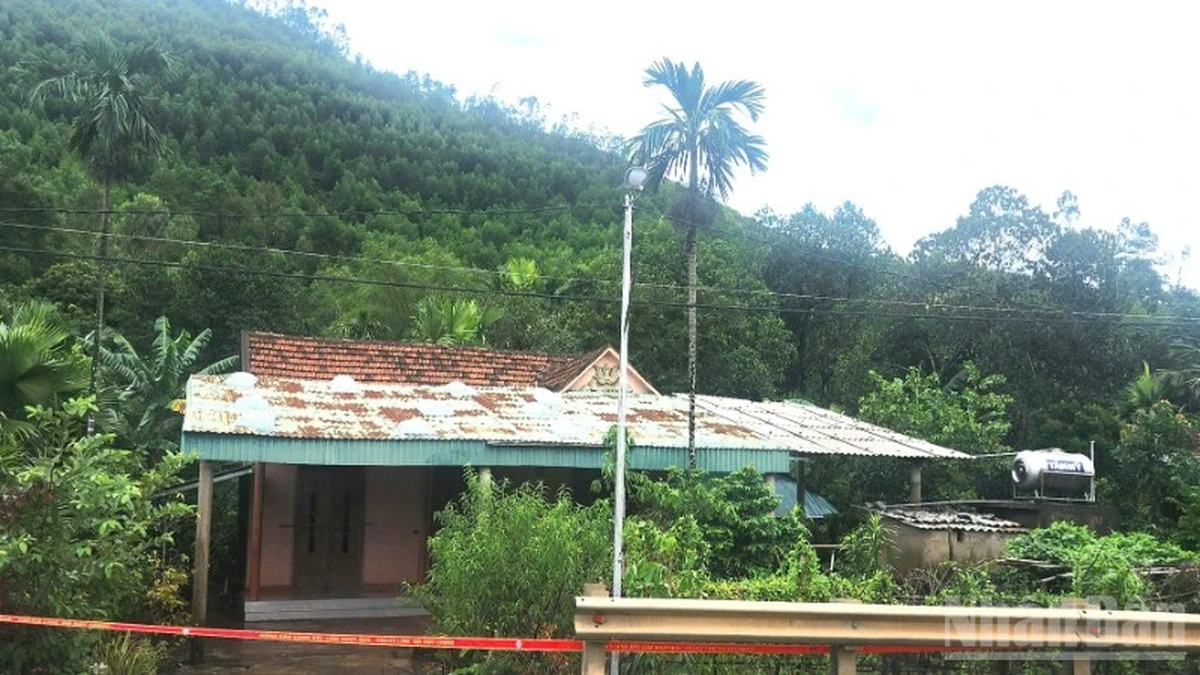
![[Photo] Touching scene of thousands of people saving the embankment from the raging water](https://vphoto.vietnam.vn/thumb/1200x675/vietnam/resource/IMAGE/2025/10/30/1761825173837_ndo_br_ho-de-3-jpg.webp)
![[Photo] General Secretary To Lam attends the Vietnam-UK High-Level Economic Conference](https://vphoto.vietnam.vn/thumb/1200x675/vietnam/resource/IMAGE/2025/10/30/1761825773922_anh-1-3371-jpg.webp)
![[Photo] General Secretary To Lam meets former British Prime Minister Tony Blair](https://vphoto.vietnam.vn/thumb/1200x675/vietnam/resource/IMAGE/2025/10/30/1761821573624_tbt-tl1-jpg.webp)
![[Photo] National Assembly Chairman Tran Thanh Man receives foreign ambassadors who came to say goodbye](https://vphoto.vietnam.vn/thumb/1200x675/vietnam/resource/IMAGE/2025/10/30/1761820977744_ndo_br_1-jpg.webp)
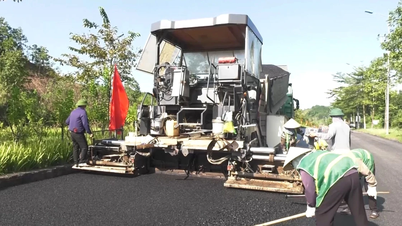

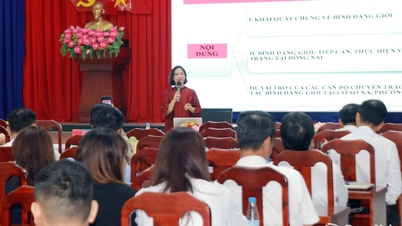
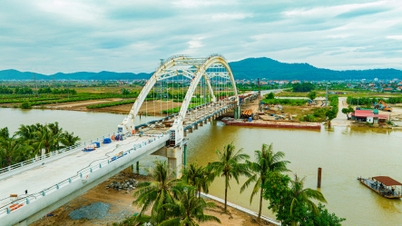

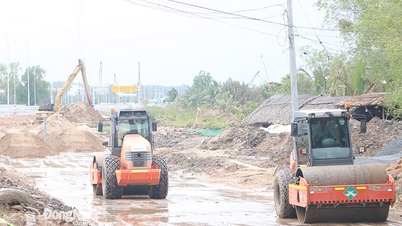
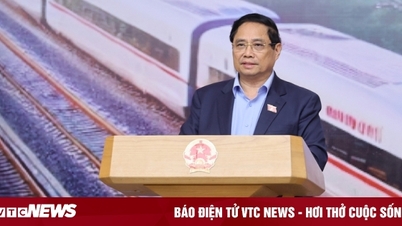

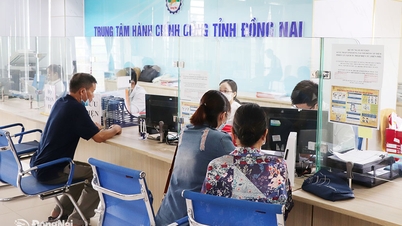
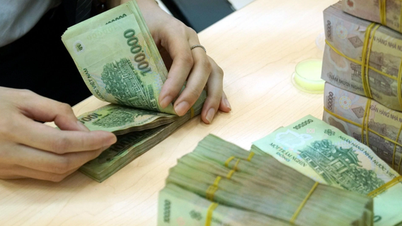



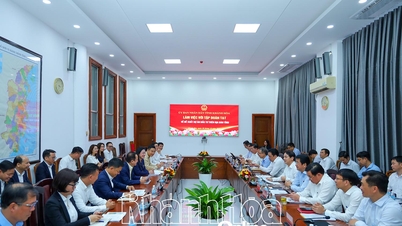

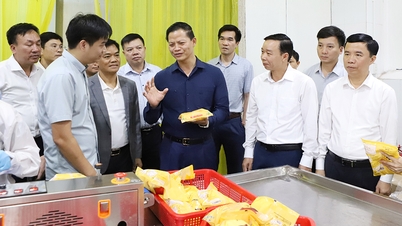

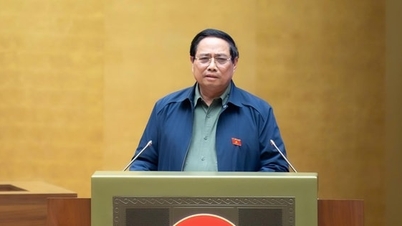
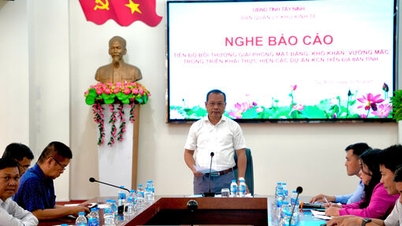





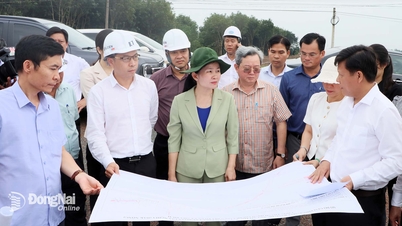
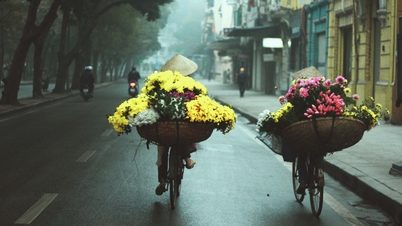
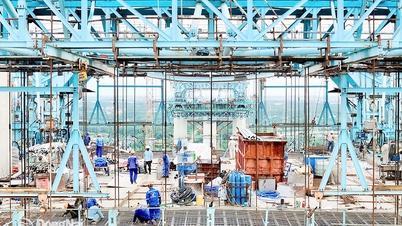
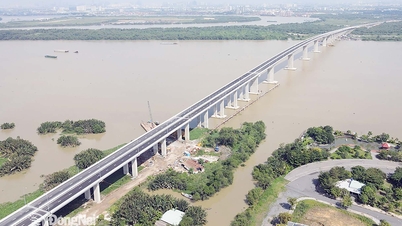

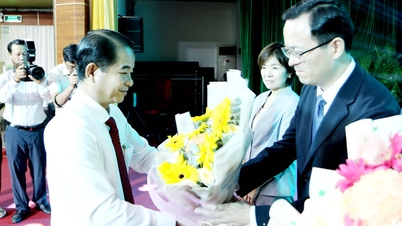






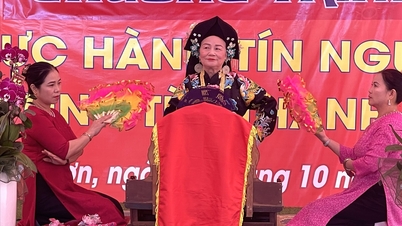







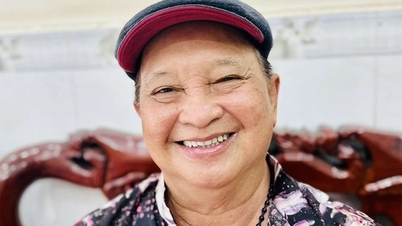








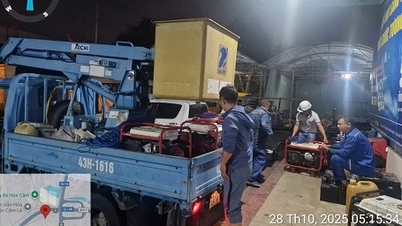
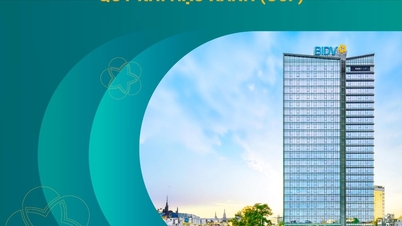
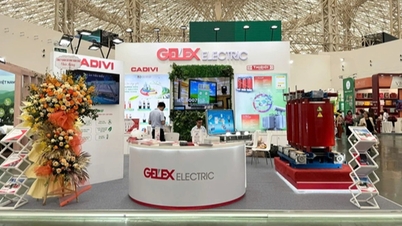
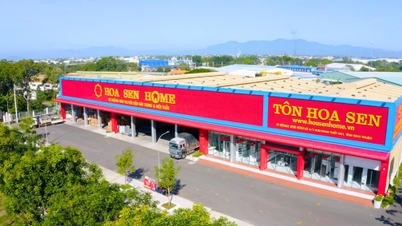


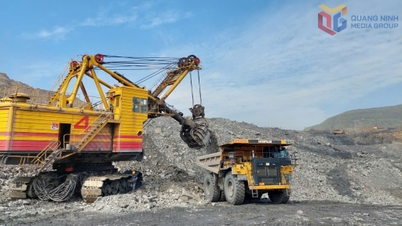









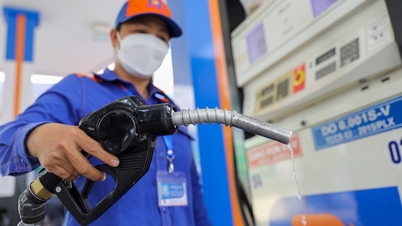
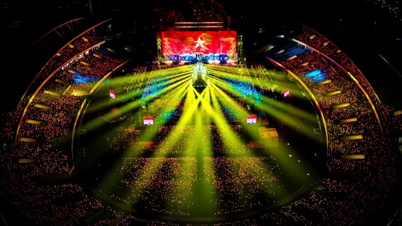

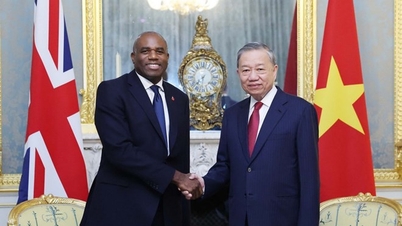
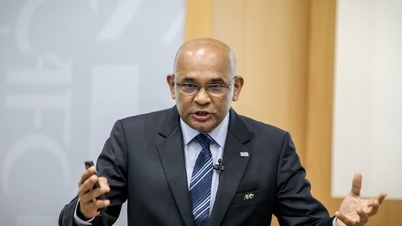
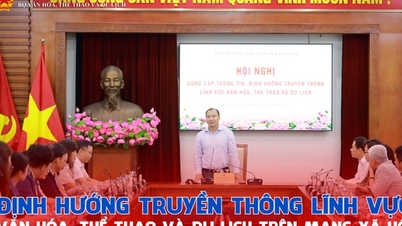
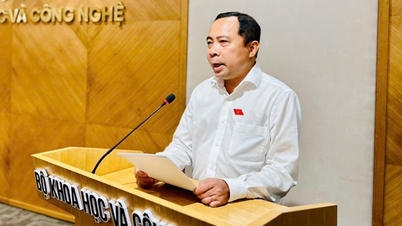

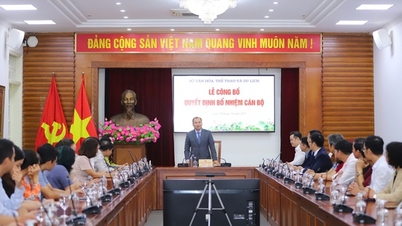




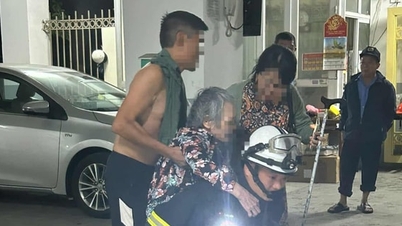
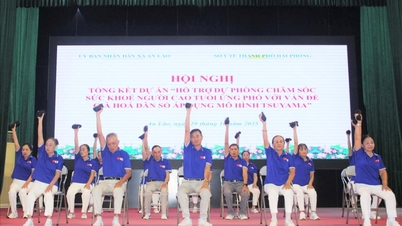

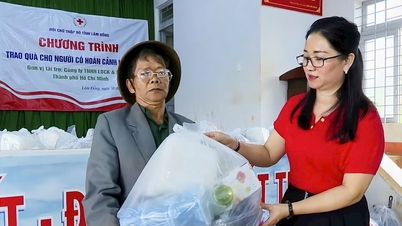














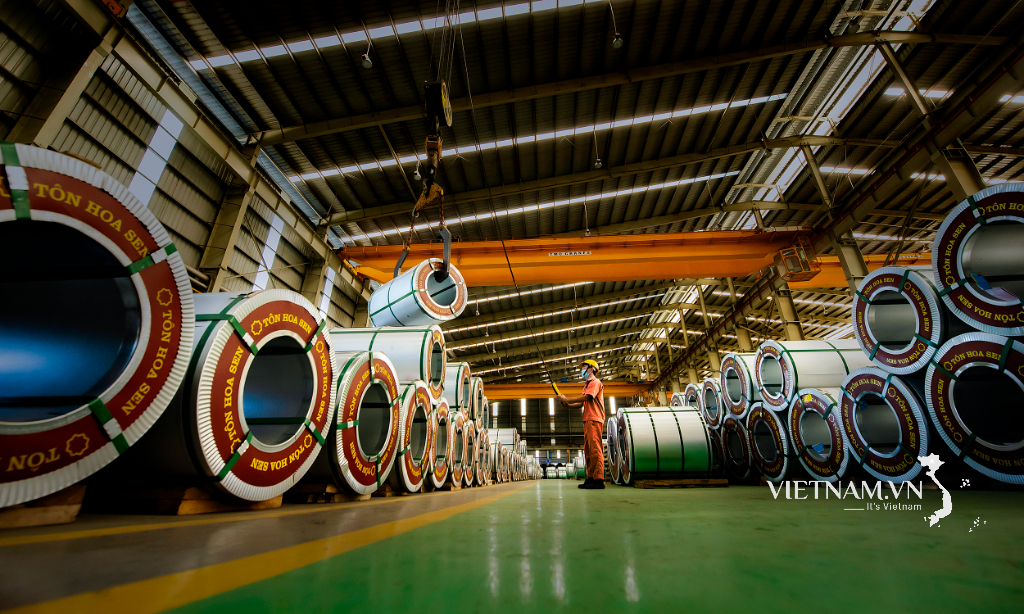

Comment (0)